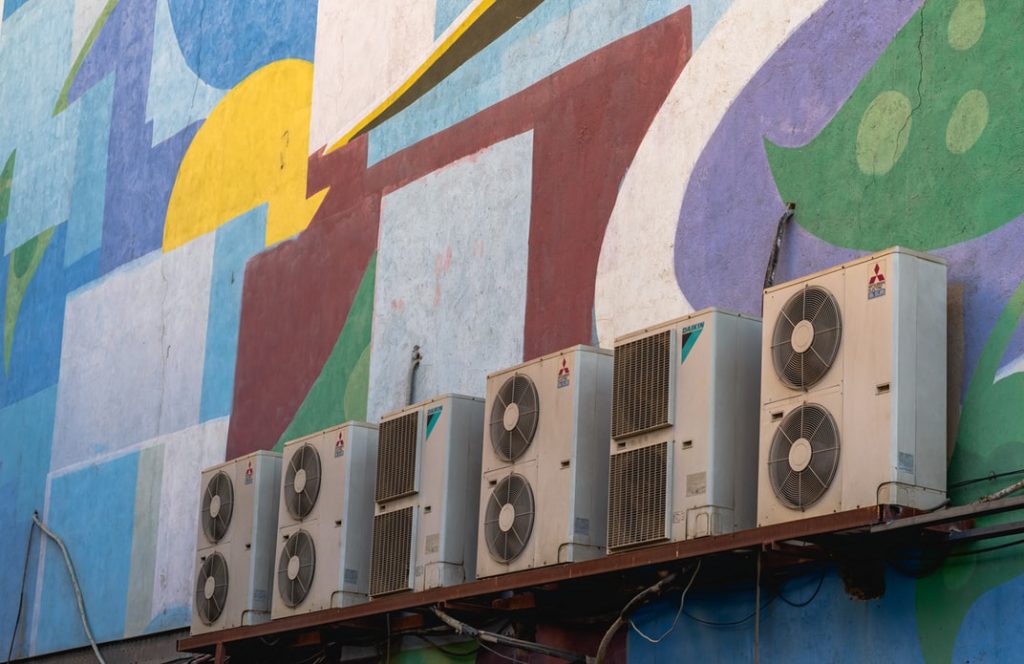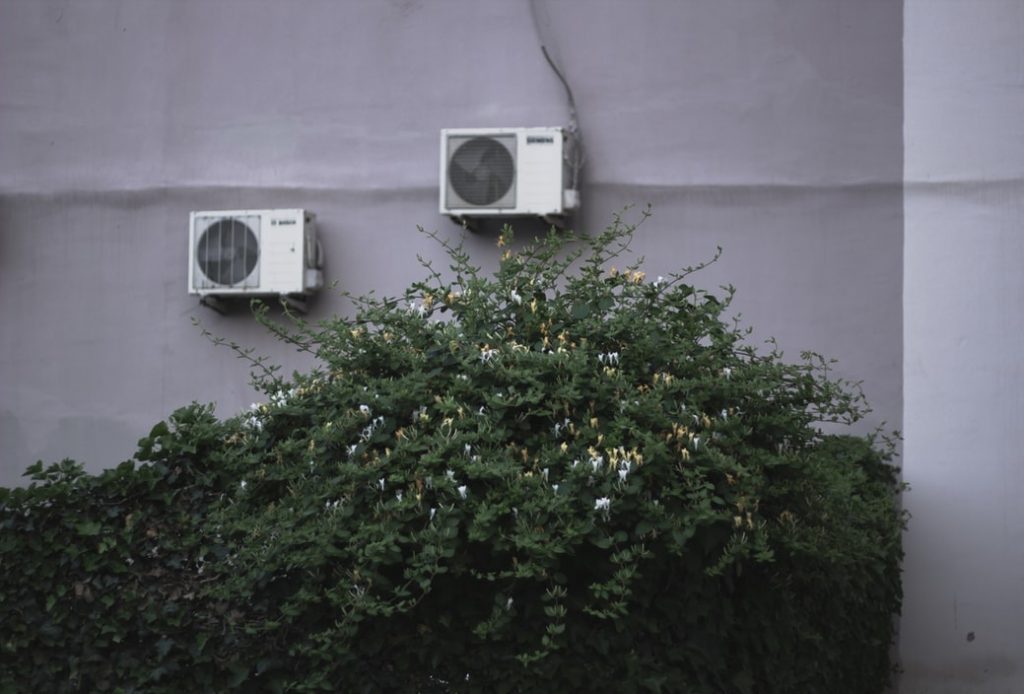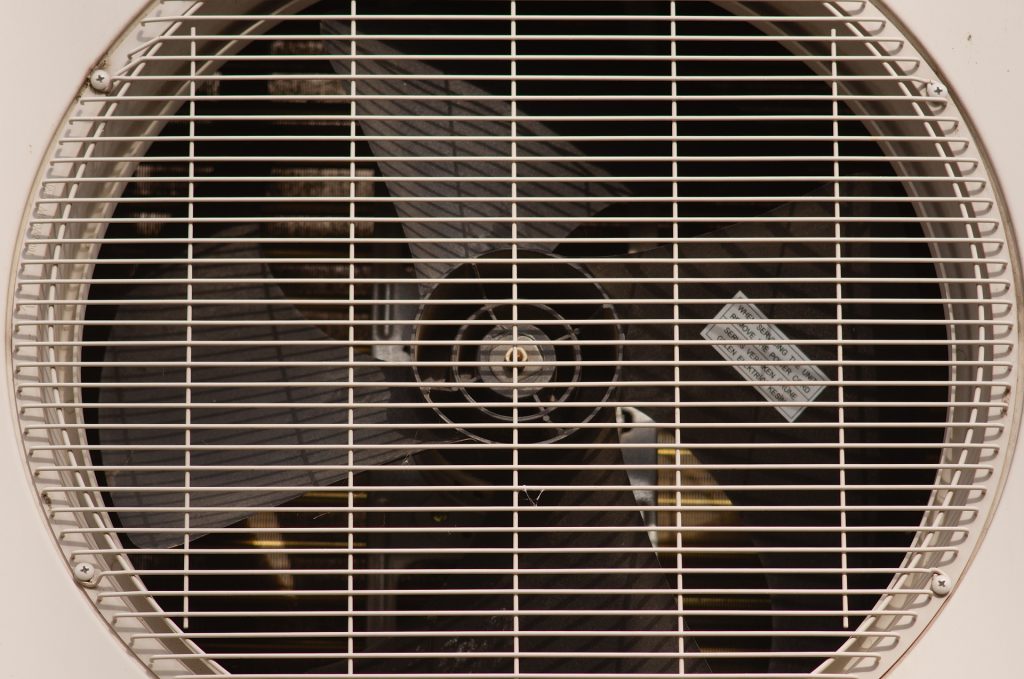From spring to fall time, people generally don’t pay much attention to the furnace. And since it’s one of the most important mechanisms in your home, it’s what you want to think about even when you aren’t using it. Maintaining your furnace is all about keeping it in good working condition and making it last as long as possible. If you don’t maintain your furnace, you may end up with a less efficient furnace and it will give you some problems to troubleshoot. Here are winter furnace maintenance tips for Arizona residents.
How Often and When Should You Maintain Your Furnace?
In some houses, the furnace has its own room like a boiler room or electrical room that isn’t checked often. But this is not to say that you need to check it that much. During the summer, it’s good to take a look at it every once in a while, just to make sure all looks in order.
Winter furnace maintenance in Arizona should begin in the fall. Ideally, you should check your furnace as the season approaches when you’ll have to start turning the heat on. In Arizona, you won’t need your heat turned on till about December or January, depending on whether or not you prefer the heat on earlier. It depends on when you normally turn it on, but it’s good to start preparing your furnace around a month in advance before winter. When it’s cold out that’s when you want to know that it’s already working, instead of scrambling around at the last minute to do your annual checks.
Below is a list of tips to prepare your furnace for the winter and to maintain it so that everything is in order the whole time you’re using it.
Winter Furnace Maintenance for Arizona
Turn on the Heat as the Temperature Starts Dropping
When the temperature starts dropping in the fall time that’s your ideal window to check to see your furnace works. Simply turn on your furnace and let the warm air blow through your vents. It may have a slight burning smell at first, but that’s normal since it wasn’t used for a long time and is not a reason to be alarmed.
The purpose of turning on your furnace before you start to use it regularly is to check that it works before the cold weather comes. If there is something wrong with your furnace or it’s not working so efficiently, you want to get that resolved before the cold comes.
Do A Basic Inspection
It’s very likely you haven’t taken a proper look at your furnace since the previous winter. Therefore, it’s very important to do a quick eye inspection. You don’t need a professional for this, as anyone with little knowledge about furnaces can do this.
There are a few things to look for when you’re taking a look at your furnace.
- Check for clutter
Clutter around the furnace is a potential safety hazard and must be removed.
- Check for flammable materials
It’s a huge safety hazard to have flammable materials around the furnace. Remove
paint, laundry detergent, fabric softener, or aerosol cans. Keep these items a few feet away from the furnace, ideally on a shelf so that it has some height distance, too.
- Check for rust at the bottom or water leakage
If there’s slight water leakage then it’s time to address that before you need to use it regularly. Also, rusting at the bottom of your furnace is an indication that water was leaking at some point. Consult with a professional about this to get it sorted out before winter.
Change your Furnace Filter
Changing your furnace filter is key before entering the winter season. It’s what allows good airflow as well as clean air. And once winter is over, you aren’t going to change it for the summer, so getting a new one before every winter season is a sure way to start fresh.
After you change your filter at the beginning of the winter season, remember to change it every 3 months or as recommended by the manufacturer. The filter takes out the contaminants as well as dust. If your filter gets clogged up, it will be harder for your furnace to output good quality air. As a result, it may make your furnace less efficient and your air might not be so great.
Clean the Furnace
Don’t underestimate the need to clean your HVAC mechanisms at home like your furnace and air conditioner.
- Clear the area around your furnace
Most furnaces are located in the storage room of the basement or many times your furnace becomes a storage room. For this reason, you should check the area around your furnace to clear it from clutter, boxes, or any kind of object that covers it. There is no rule on how much space to make, but a good rule to make for yourself is that if you don’t have enough space to crouch down next to it, then you need to make more space. Keep in mind that easy access to your furnace is optimal for emergencies or spotting problems better.
- Vacuum area around it
We don’t “clean” the furnace room like we’d clean another room, but to leave your furnace without ever vacuuming around it is not good. Dust and dirt will accumulate around it, so cleaning it is important for your furnace efficiency and air quality. It’s a possibility that your furnace will pick up dust and your filter will get more clogged up.
- Dust your furnace
Before cleaning your furnace, turn it off. With a damp or dry cloth, dust your furnace. Of course, you’re not trying to make it look pretty, but the goal is to remove dust to prevent it from getting in the furnace and into your air.
Humidifier Maintenance Tips
Furnaces and AC units need to be maintained and checked, and the same goes for humidifiers. So if you have a humidifier in your home, don’t forget to check it as well. Before looking into it, turn off the water that goes to the humidifier.
The Filter
The key thing to look out for is the filter. The first step is to clean or replace your filter. Some filters can be cleaned so that you don’t need to replace them often. You can clean a longer-lasting filter with an air compressor or vacuum. Paper filters can’t be cleaned and must be replaced. Your filter should be replaced or cleaned before the beginning of the winter season because you don’t want mold, water buildup, and bacteria from the last winter to remain there.
Once you have a new or cleaned filter, opening the damper is the next step. The damper is closed for the summer because you don’t need moisture in your already humid air. Opening the damper will allow moisture to enter your air to fight against the dryness.
Opening the damper only takes a few seconds. Find the lever to change the setting. On some humidifiers, you will turn the lever from the summer setting to the winter setting. Other humidifiers say open and closed. They are the same thing, just different wording. In the case you have “open” and “closed” settings, you will turn the lever to the open setting, which is meant for the winter. Found this useful? Also, check out our article about common HVAC air flow issues










